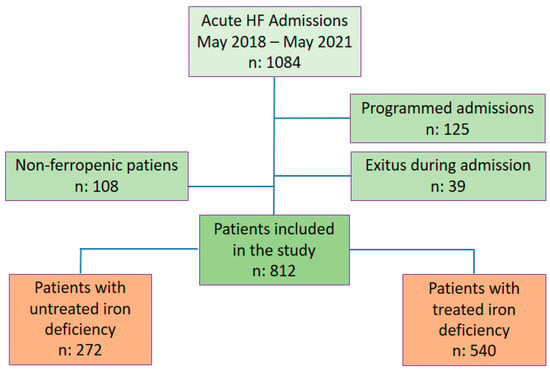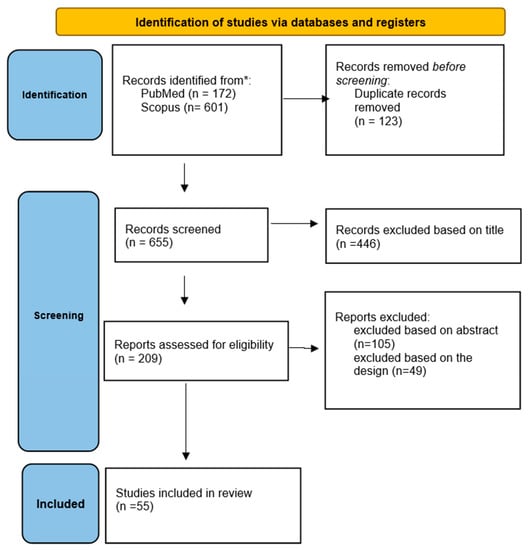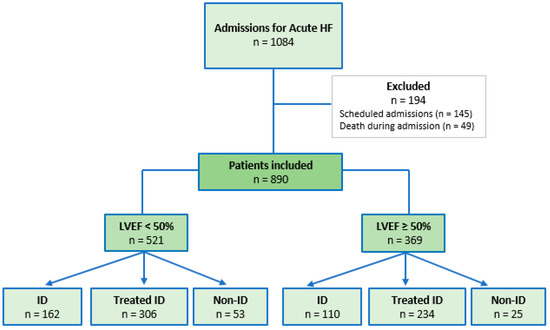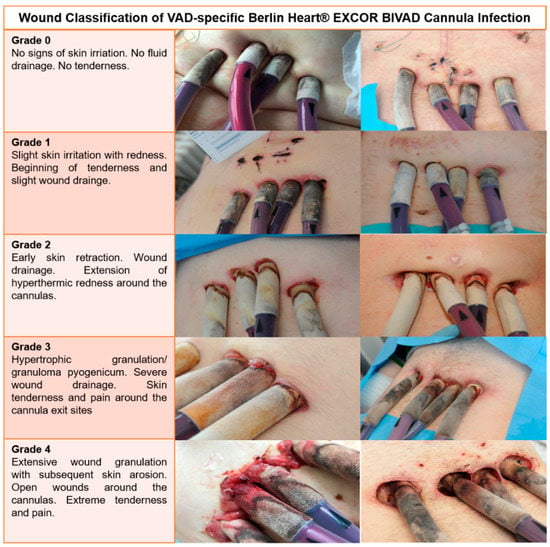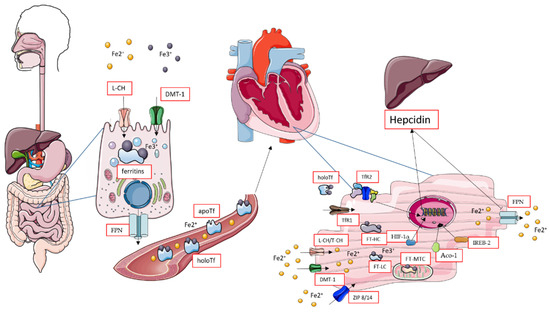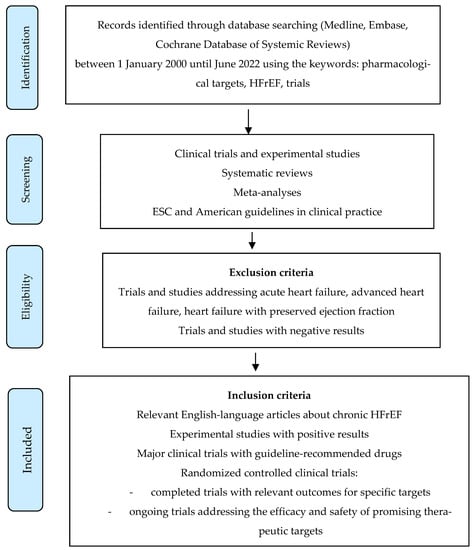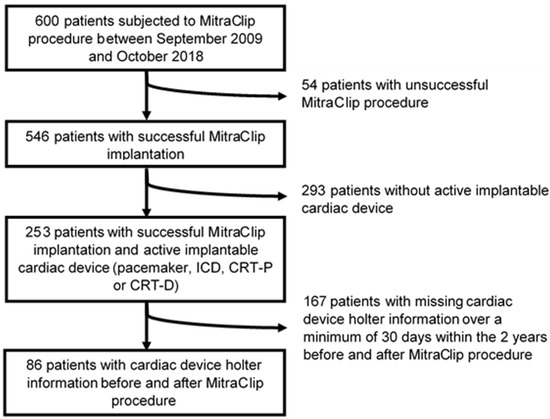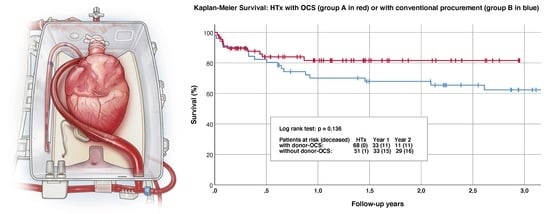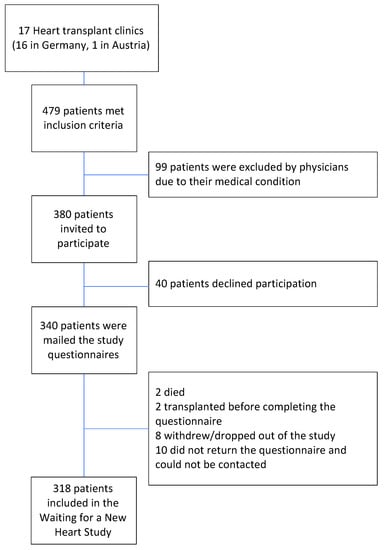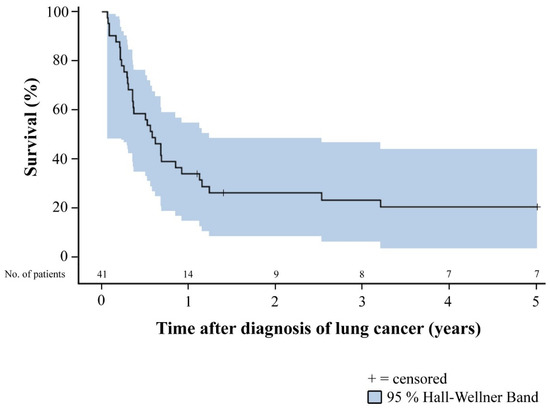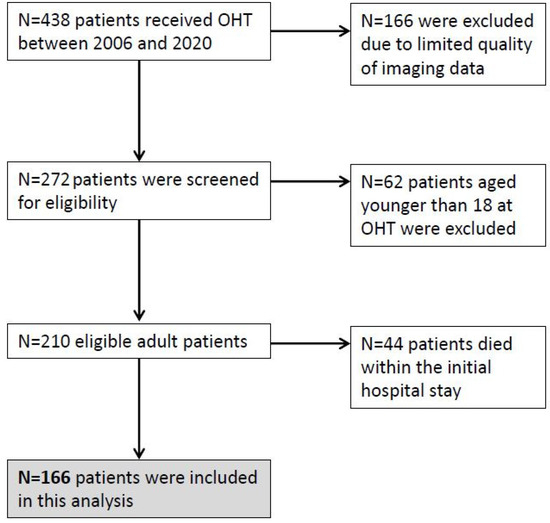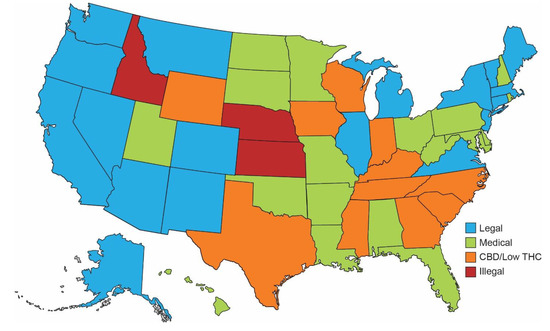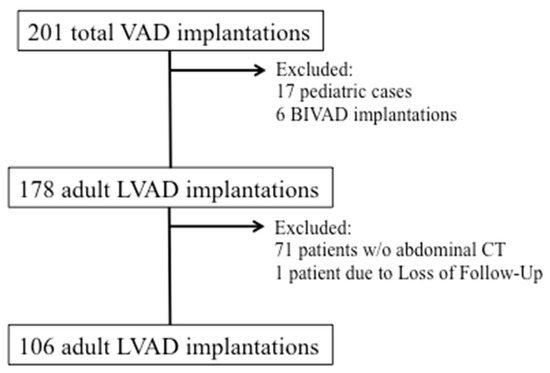Heart Failure and Heart Transplantation
A topical collection in Life (ISSN 2075-1729). This collection belongs to the section "Medical Research".
Viewed by 39801Editors
Interests: heart failure; heart transplantation; ventricular assist devices; pacemaker/ICD/CRT systems; arrhythmias; atrial fibrillation; cardiomyopathies
Special Issues, Collections and Topics in MDPI journals
2. Department of Cardiology, Angiology and Pneumology, Heidelberg University Hospital, 69120 Heidelberg, Germany
Interests: heart failure; heart transplantation; ventricular assist devices; preventive cardiology; physical medicine and rehabilitation; sports cardiology
Special Issues, Collections and Topics in MDPI journals
Interests: heart failure; heart transplantation
Special Issues, Collections and Topics in MDPI journals
Topical Collection Information
Dear Colleagues,
Heart failure (HF) is associated with increased morbidity and mortality. Different etiologies can cause HF, including congenital heart defects, coronary artery disease, and non-ischemic cardiomyopathies. Patients with HF have a reduced quality of life and suffer from chest pain, shortness of breath, fatigue and cardiac arrhythmias. Treatment of HF involves pharmacotherapy, interventional cardiology and cardiac surgery. Patients with HF often have cardiac arrhythmias requiring the implantation of cardiac devices such as pacemaker, ICD, or CRT systems. In advanced HF, temporary mechanical circulatory support or permanent implantation of ventricular assist devices may be mandatory. Once all available treatment options have been used, heart transplantation (HTX) may be the last chance for patients with advanced HF. Due to organ shortage in many countries, potential HTX recipients have to be selected with care and contraindications have to be ruled out. After a successful HTX, several risk factors can pose an imminent threat to post-transplant quality of life and survival. Diagnosis and treatment of concomitant disorders play a key role in order to ensure appropriate follow-up care and post-transplant survival.
This Topical Collection will contain a selection of papers highlighting current topics in the field of heart failure and heart transplantation. We welcome the submission of original research (basic research or clinical research), short communications, and review manuscripts focusing on diagnosis, risk factors, treatment, prognosis and novel approaches to heart failure, cardiomyopathies, congenital heart defects, heart transplantation, ventricular assist devices, mechanical circulatory support, cardiac arrhythmias, cardiac pacemaker, implantable cardioverter-defibrillator (ICD), and cardiac resynchronization therapy (CRT).
Prof. Dr. Rasmus Rivinius
Collection Editor
Prof. Dr. Andreas Doesch
Dr. Daniel Oehler
Co-Collection Editors
Manuscript Submission Information
Manuscripts should be submitted online at www.mdpi.com by registering and logging in to this website. Once you are registered, click here to go to the submission form. Manuscripts can be submitted until the deadline. All submissions that pass pre-check are peer-reviewed. Accepted papers will be published continuously in the journal (as soon as accepted) and will be listed together on the collection website. Research articles, review articles as well as short communications are invited. For planned papers, a title and short abstract (about 100 words) can be sent to the Editorial Office for announcement on this website.
Submitted manuscripts should not have been published previously, nor be under consideration for publication elsewhere (except conference proceedings papers). All manuscripts are thoroughly refereed through a single-blind peer-review process. A guide for authors and other relevant information for submission of manuscripts is available on the Instructions for Authors page. Life is an international peer-reviewed open access monthly journal published by MDPI.
Please visit the Instructions for Authors page before submitting a manuscript. The Article Processing Charge (APC) for publication in this open access journal is 2600 CHF (Swiss Francs). Submitted papers should be well formatted and use good English. Authors may use MDPI's English editing service prior to publication or during author revisions.
Keywords
- heart failure (HF)
- cardiomyopathies
- congenital heart defects
- heart transplantation (HTX)
- ventricular assist devices (VAD)
- mechanical circulatory support (MCS)
- cardiac arrhythmias
- cardiac pacemaker
- implantable cardioverter-defibrillator (ICD)
- cardiac resynchronization therapy (CRT)








